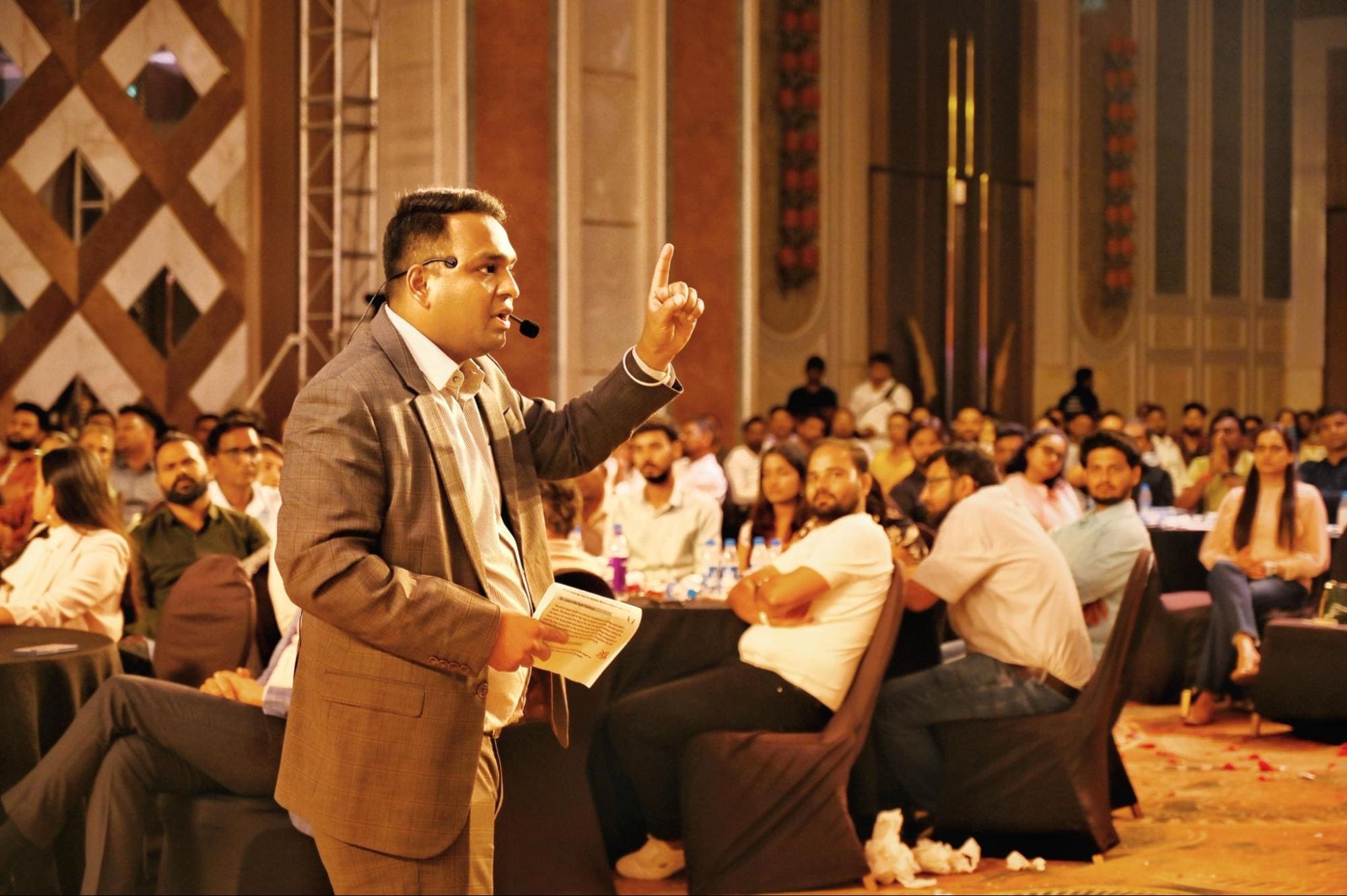
Team engagement is a cornerstone of any successful organization. Whether managing a startup or a global company, engaging your team goes beyond just ticking off an HR requirement. It’s about building trust and nurturing a culture where employees feel motivated and valued.
From informal team participation events to more formal team-building activities, the desired outcome is the same: to build employee engagement and team bonds. But even with the best intentions, many team leaders and managers unwillingly sabotage their efforts by making common mistakes.
In this blog, we’ll guide you through 7 frequent mistakes to prevent when organizing team engagement fun activities, provide tips and tricks, and introduce how experts can assist you in creating efficient experiences, either in person or virtually.
Planning a team-building activity without taking your team’s likes into account may fail. Not everyone enjoys the same kind of activity. What is enjoyable for one might be awkward or tiring for another.
What to Do Instead:
1. Take direct input from your team. Conduct surveys, polls, or open forums to gauge what kind of activities interest them.
2. Disseminate a brief anonymous survey with questions such as:
3. Use the data to categorize individuals by interest and create a combination of activities to suit various tastes.
4. Get your team involved in organizing. Have volunteers assist in co-designing the activities; this promotes ownership and relevance.
Knowing your team’s varied needs lays the groundwork for really effective activities.
Many companies organize a single event, like an annual team lunch, offsite, or retreat, and expect lasting results. While these events can be enjoyable and provide a short-term morale boost, they rarely foster the deep, sustained connections that drive long-term employee engagement. Relying on one big event a year sends the message that engagement is a checkbox, not a priority.
Create a consistent engagement plan. Think of engagement as a continuous journey, not a one-off event.
Ongoing engagement builds stronger relationships and keeps motivation levels high.

If certain employees are unintentionally excluded from activities due to physical disability, religious beliefs, personal circumstances, or work schedules, it can create resentment and lower morale. Even if it’s unintentional, it sends the message that not everyone’s presence or needs are equally valued.
Design activities with accessibility and inclusivity in mind.
Inclusivity should be intentional. When every employee feels included, your team engagement activities become more meaningful and successful.
Activities without clear goals may come off as forced or pointless. Engagement for the sake of “fun” alone often leads to low participation or fake enthusiasm. Without a defined purpose, it becomes difficult to measure success or demonstrate value to both employees and leadership.
Always connect the activity to a broader purpose.
Purpose-driven team-building activities to increase employee engagement will always yield stronger, longer-lasting results.

If leaders don’t participate, employees may think the activity isn’t important. Worse, they may feel that their time is being taken for something management doesn’t even value. Their absence can create a disconnect, showcasing a lack of support and reducing overall enthusiasm and commitment from the team.
Encourage active involvement from team leaders and senior managers.
When leaders are involved, team engagement activities feel more authentic and impactful.

Trying to plan elaborate events with too many moving parts can cause confusion and stress, defeating the purpose of team engagement. When logistics overshadow the experience, the focus shifts from connection and enjoyment to simply managing the chaos.
Keep it simple, smooth, and enjoyable.
The best team engagement activities are often the simplest, well-run, and focused on connection, not complexity.
Skipping the follow-up makes employees feel their time and opinions don’t matter. You also miss out on an opportunity to improve future engagement efforts. Without follow-up, it’s harder to gauge what worked and what didn’t, limiting your ability to create more meaningful activities in the future.
Always follow up and ask for feedback.
Feedback fuels improvement. With every round of engagement, you’ll get better at designing activities your team genuinely enjoys.

If you’re unsure where to start or want to ensure maximum impact, consider hiring professionals who specialise in employee engagement and team building.
Whether it’s a one-time workshop or an ongoing program, working with professionals can elevate your employee engagement strategy significantly.
Creating meaningful team engagement activities requires more than enthusiasm, it demands intention, planning, and inclusivity. By avoiding the 7 common mistakes outlined in this blog, you can ensure your efforts build genuine connections, strengthen team bonds, and support a culture of belonging and motivation. Team Engagement should be viewed as a continuous, evolving process rooted in understanding your team’s diverse needs and aligning every activity with a clear purpose.
For teams that need a more strategic approach, professional facilitators can offer tailored solutions and bring a wealth of expertise to the table. Their ability to design impactful, inclusive, and goal-oriented experiences can make the difference between a forgettable event and a transformative engagement journey. Investing in thoughtful planning and sometimes expert guidance ensures your engagement activities leave a lasting, positive impression on your employees.
Need help planning your next team event or virtual engagement session? Reach out to us at Corporate Compass, and we can help you design creative, meaningful, and measurable team engagement programs as per your requirements.